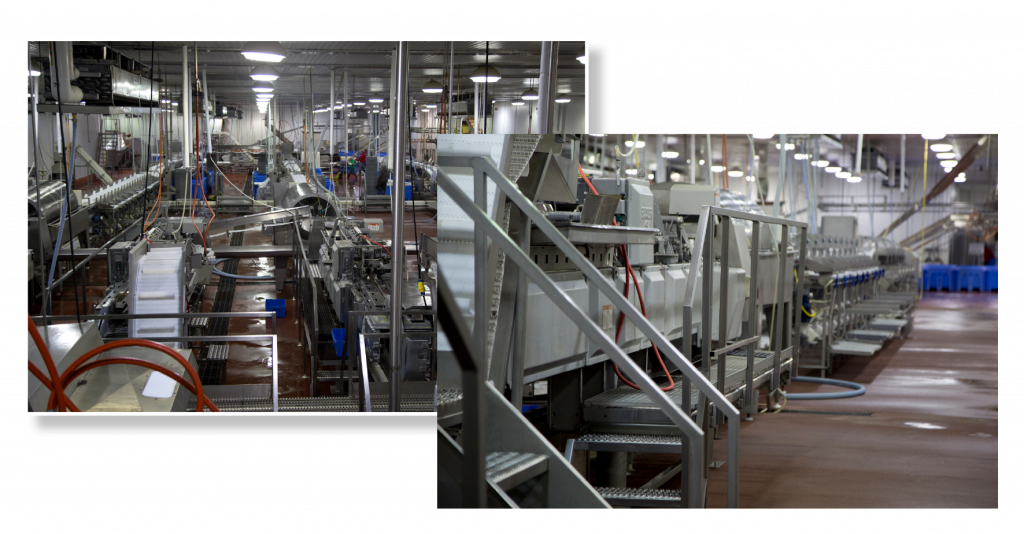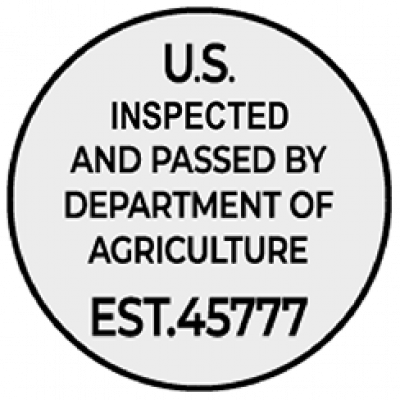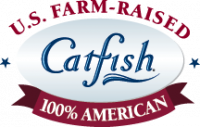INTRODUCTION
It should come as no surprise that 2020 affected the U.S. farm-raised catfish industry in a variety of ways thanks to the impact of COVID-19 and standard production cycle highs and lows. As we approach the end of the year, Heartland Catfish Company offers insight into where we and the industry stand at the conclusion of 2020 and where we expect to trend in the new year.
EFFECTS OF COVID-19
COVID affected our business in multiple ways. While demand increased from retailers as they faced shortages and higher pricing for other proteins like meat, pork and poultry, we saw the opposite take place for our food service customers with the exception of some fast casual establishments that transitioned to “To-Go” sales. Many restaurants closed temporarily or offered limited menus, which decreased demand for our products in some cases but saw consistent orders in others.
Our team also adapted to a work from home system, which allowed our sales team to support their customers in an innovative, virtual environment. Heartland’s processing facility already operates at the highest levels of sanitation and quality control, and we added extra precautions into our daily procedures to protect employees from getting sick or coming to work when sick.

2020 INDUSTRY REVIEW
Finding labor for the processing plants may be the biggest challenge in the industry right now. Is that related to COVID? It’s tough to say – we originally thought it was related to the extra benefits offered for unemployment, but that has, for the most part, gone away. The industry is still struggling to staff the plants at the needed level of employees. A lack of labor leads to limited processing volume and diminishes the availability of some “further processed” and value added items. This has also affected our ability to put up frozen inventory to have available to sell next year.
Retail sales for Heartland Catfish Company remained strong in 2020. Fresh sales were up more than 10 percent since 2018. This relates back to demand for proteins from retailers, as consumers cooked more from home this year while restaurants closed due to COVID.
We and others in the industry were very tight on supply this year even with the COVID restrictions causing restaurant sales to decrease compared to previous years. Additionally, industry feed numbers indicate a 6 percent drop from 2019. This indicates that, for at least the first half of 2021, we will experience a similar tight supply of live fish.
2021 OUTLOOK
Feed numbers indicate there will be less fish available to kill next year compared to this year. The labor shortage is also limiting our and others’ ability to put up frozen inventory to have to sell in spring/summer when we expect supply to be tight. This indicates that prices for catfish will be a bit higher in 2021 than in years past. This is not an unheard-of situation, although the labor shortage does make it a bit more complicated. We expect to still see growth for fresh products, especially in the retail market.
Other factors that influence product pricing are rising costs of standard production and processing supplies. The industry expects to see cost of chemicals to increase by 4%, boxes by 10%, bags, gloves, aprons, hair nets and other necessities by 30%, and labels by another 10%. These effects will likely be seen in elevated pricing across the aquaculture processing industry in the coming year.
Our team also anticipates potential supply chain disruptions in 2021, which could impact the industry in a variety of ways.
Additionally, the recent surge in COVID-19 cases paired with revamped regulations surrounding restaurant and food service closures could influence catfish sales in 2021. The situation surrounding the pandemic continues to evolve, and exists as an unknown variable for the industry to face into the coming year.
Transparency and communication with our customers is always priority, especially when inventory is tighter than during a typical year and as unknown variables loom. We look forward to supporting our customers through whatever is to come in 2021, and will navigate industry shifts with them as our priority.





